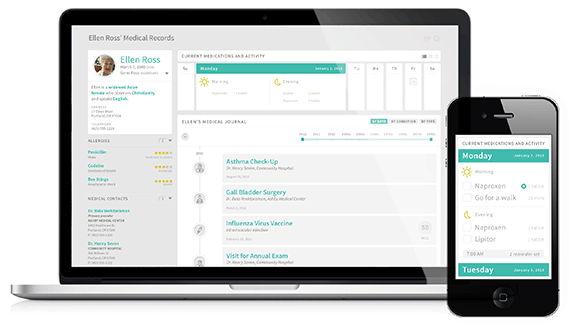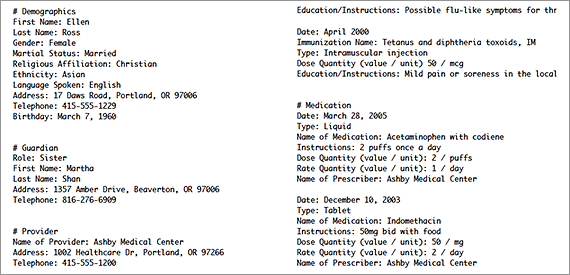Designing the future of electronic medical records
Health Design Challenge transforms the face of patient medical records.
Medical records were supposed to get a boost by the adoption of EMR (Electronic Medical Records), but with so many different systems and software packages accessing the information, a single visual solution that is both practical to use for physicians and easily digested by patients has proven elusive.

What appears to be happening is that software developers and EMR providers are spending a lot of time on compliance with local, state and national rules and regulations and less time on the usability of the records themselves. Some of the issues with EMRs include practices still using software that was developed in the 90’s and reducing the number of patients a physician can see in a day because current EMRs are so slow (even compared to paper records).
Electronic Medical Records could be a great improvement over the paper records which can be incomplete, not current, or too many pages to review before a patient’s appointment. The Health Design Challenge, developed in cooperation with the US Department of Health and Human Services, tasked designers to re-imagine the look and usability of Blue Button. Blue Button is the current text-only EMR developed by the Department of Veterans Affairs that gave Veterans and their families access to their health records (pictured below).

The challenge consisted of 4 design objectives:
- Improve the visual layout and style of the information from the medical record
- Create a human-centered design that makes it easier for patient to manage their health
- Enable health professionals to more effectively understand and use patients’ health information
- Help family members and friends care for their loved ones
The winning proposal of the challenge was Nightingale (downloadable PDF) and was developed by Chicago based gravitytank. The dashboard style design is meant to help people view their medical history in an easy to digest format as well as give the patient a means to view their own information in a way that could enable them to better control and track their own health. View the rest of the proposals here.
In the coming months designers and developers will combine parts of the winning designs into a final product to be used for over 6 million patients in VA hospitals. The record will become open sourced and available for EMR providers to use.
